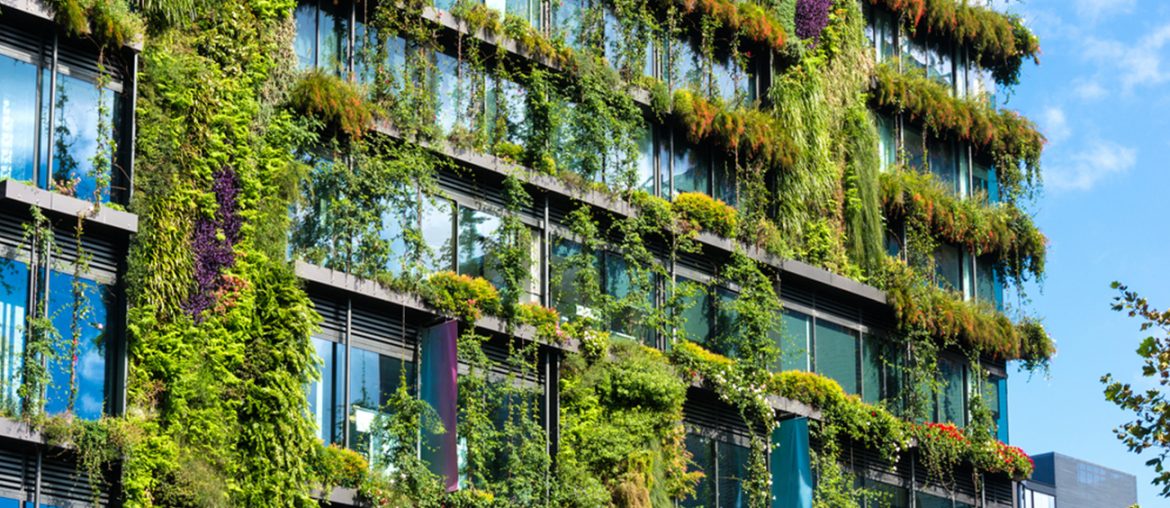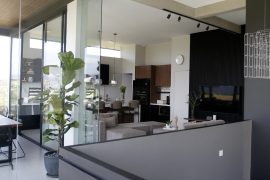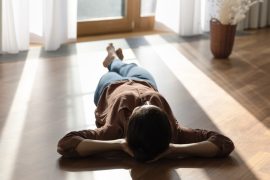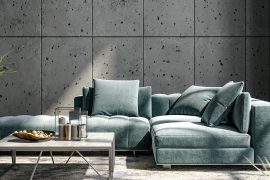Passive design, for those not in the know, sounds blah. But passive design is good, especially for the environment. Climate change is a global issue that affects all of us. International organizations, world leaders, renowned scientists and other experts have been wrestling with this problem for years. There is no silver bullet to solve it. But we, as private citizens, can do what we can when we can. So if you are planning on building a home, think of your carbon footprint and what you can do to reduce it for the sake of the environment. Tell your architect that passive design is important to you. There may be cost implications but it it is always good to start out by informing yourself first before making decisions. For sure, passive design will benefit your family’s health and well-being for a long time.
Passive Design
Passive design is a technique that mainly considers three elements—heat, air, and light—to build structures that comply with ecological sustainability. It is also called green design. It is the ‘creation of buildings which are energy-efficient healthy, comfortable, flexible in use and designed for long life‘ (Foster + Partners, 1999).
Architects know the importance of the impact of their buildings on the environment. A good architect needs to know how natural elements are affected by their builds, and incorporate these in their designs. To achieve a passive design, these are some of the strategies.
1. Natural Ventilation

Nothing beats fresh air circulating in a home. It improves air quality, regulates humidity, and prevents build-up of air pollutants inside the home. Good, natural ventilation gets rid of stale air and bad odors, prevents mold from flourishing, and removes dust. The biggest upside is that it increases your concentration, really advantageous if family members work from home or do distance learning.
Architects use cross ventilation, where cool air enters the home from an opening like a window or vent, and pushes out hot air inside the home through another opening. This is a natural method of cooling that makes interior temperatures more comfortable.
For additional health benefits, paint your walls with Boysen Healthy Home, a premium, acrylic, water-based coating with antibacterial protection technology against harmful bacteria like E. coli and Salmonella, as well as mildew and fungus.
2. Building Orientation

In a previous article, Architect Edwin Uy of EUDO mentioned that before he even comes up with a design concept for a property, he has to make an ocular inspection of the site. Aside from his client’s wishes and lifestyle, he needs to know the terrain, and the environmental and climatic conditions of the site as well. He incorporates critical regionalism into the design. Architect Uy said, “In this approach to architectural design, the components of the environment and the natural landscape or of one’s local culture are integrated into the architecture of a building, instead of utilizing the typical global elements of one type of architecture.” He is then able to build structures that are oriented to maximize natural ventilation and light, buildings that are right for this climate.
3. Natural Lighting
Spaces that have natural lighting feel bigger and more spacious than rooms with only artificial lighting. Natural light energizes a space, improves the mood, and increases energy levels. Being a tropical country, it may be possible that the challenge is to regulate the amount of light coming into a space, like south-facing rooms that get sunlight all throughout the day, or east-facing ones that get the full force of the morning sun. But architectural and interior design can definitely address these, and would help bring down cooling costs during the summer months.
If your home will be located in an urban area where windows and openings impact on privacy, consider having an atrium or indoor garden.
4. Insulation
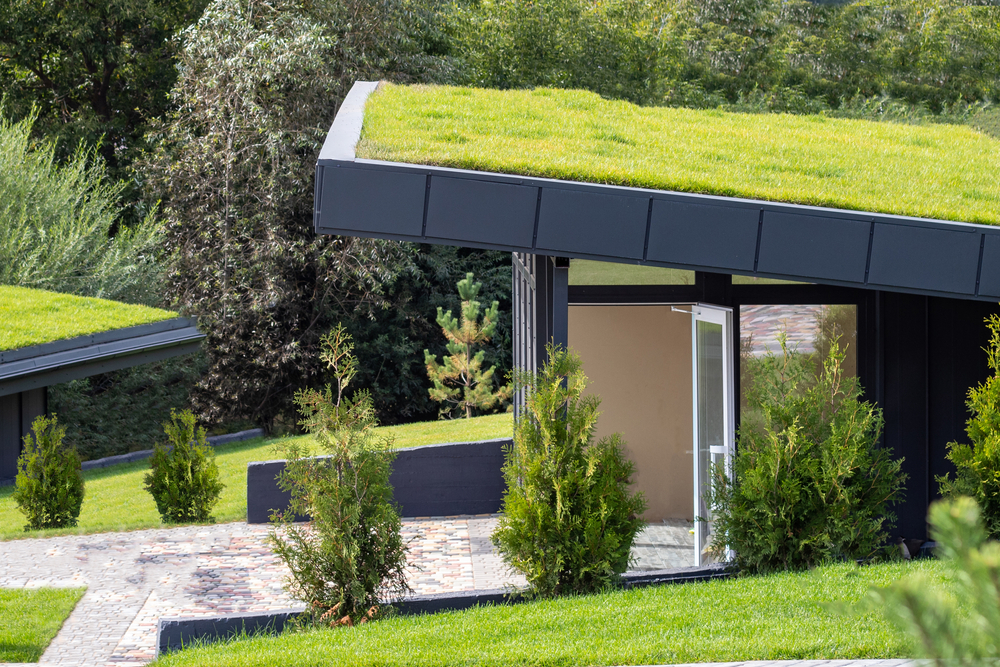
Vertical vegetation (like that shown in the feature image) provides insulation to the walls of the building. The facade absorbs less solar radiation, which helps keep interiors cool, and helps bring down the need for turning on ACs as well. Having these facades in urban buildings can helps cool city temperatures too. Examples of this kind of passive design are the Bosco Verticale in Milan, Italy, the Parkroyal Collection Pickering in Singapore, Santalaia in Bogota, Colombia, to name a few.
Aside from vertical vegetation, there is also the green roof that reduces overall heat conducted by buildings, can trap pollutants in the air, and helps reduce noise. It is also aesthetically pleasing. This system is not popular yet in the country but hopefully more local architects will consider this in their design for future builds. Speaking of trapping air pollutants, read about KNOxOUT, Boysen’s air-cleaning paint.
If you have the usual type of roof and you don’t intend to install solar panels up there, think of painting it with Boysen Cool Shades, a water-based, low-VOC, heat-reflective roof coating that can help you conserve energy while keeping your home interiors cool.
If you are planning to build a home, please think of passive design. Mother Earth needs all the help she can get.
Subscribe to Let it B for more ideas on how to create a healthy home for you and your family.

